Social Investment Landscape
Malaysia
Summary
Executive Summary
Malaysia boasts a diverse population of 62% ethnic Malays, 21% Chinese and 6% Indians and consists of two vastly different regions, Peninsular Malaysia and East Malaysia. Malaysia is one of the most economically developed countries in Southeast Asia and has successfully transitioned from an economy dependent on agriculture and natural resources to one with robust manufacturing and services sectors. Malaysia’s Human Development Index value, a calculation of societal development by the United Nations Development Programme (UNDP), increased from 0.643 in 1990 to 0.802 in 2017. This places the country significantly above the average for East Asia and the Pacific.
Malaysia is becoming an ageing nation, but the issue has not been addressed in national plans and current policies are inadequate. Declining fertility rates along with a relatively low labour force participation rate of 68% (with an even lower female labour force participation of 54%) raise concerns about continued growth. Improved education is needed to boost productivity and increase the skilled labour force. Other challenges include governance and corruption, education access, childhood nutrition and social welfare protection.
Malaysia’s social economy has had recent renewed government support in ecosystem building efforts to promote innovation and social entrepreneurship. With a majority of Malaysians believing in Islam, as well as prominent Buddhist, Christian and Hindu communities, religiously-motivated charitable giving is especially strong. Malaysia’s prominence in Islamic finance, notable through its issuance of green sukuks, makes it the second-largest socially responsible investing market in Asia. Corporates are also becoming more engaged with social impact by deepening their engagement with sustainability.
Malaysia’s Fact File
Malaysia’s 2018 Fact File
22 10 in 2015
World Giving Index Rank
Dashboard
SDG Dashboard
- Reforming governance towards greater transparency and enhancing efficiency
- Enhancing inclusive development and wellbeing
- Pursuing balanced regional development
- Empowering human capital
- Enhancing environmental sustainability through green growth
- Strengthening economic growth by enhancing productivity and competitiveness.
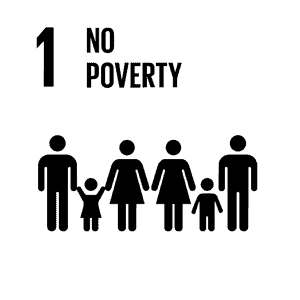
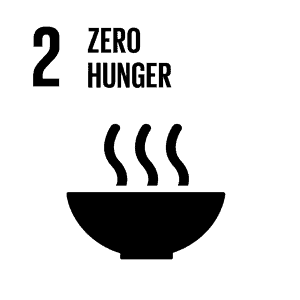
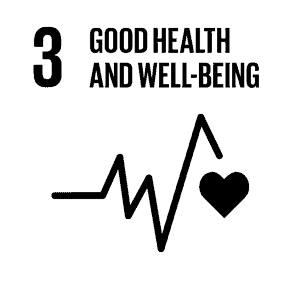
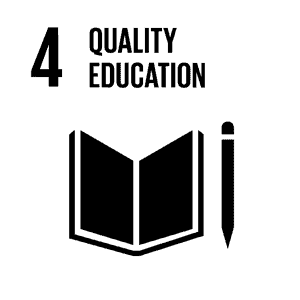




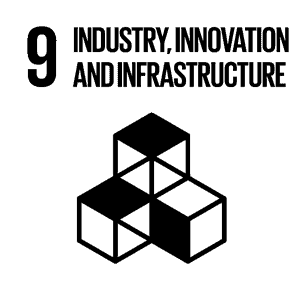
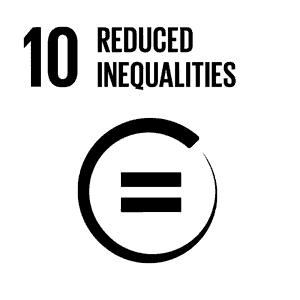
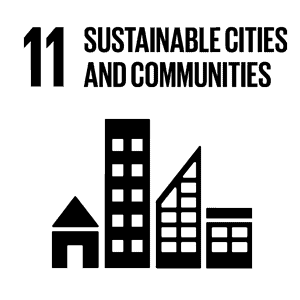
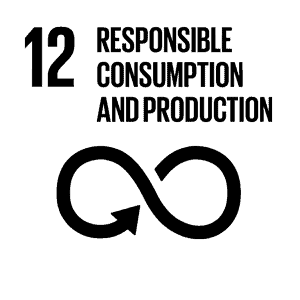
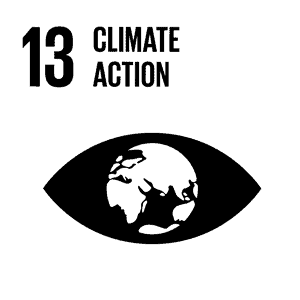



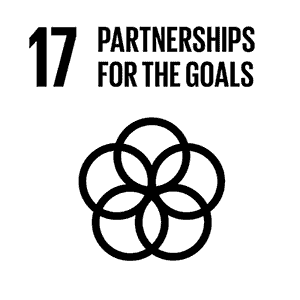
Source: sdgindex.org (2018)
Note: The “traffic light” colour scheme (green,yellow, orange, red) illustrates how far a market is from achieving a particular goal
Government Initiatives
Government Initiatives to Address Development Gaps
Climate action
SDG Goals



Gap
- Malaysia ranked 75th out of 180 countries in the 2018 Environmental Performance Index. It tied for last in the categories related to species habitat and forests.
- Current estimates suggest that one-fourth of Malaysia’s population will be displaced due to climate change by 2030.
- Only 7% of Malaysia’s energy capacity in 2018 came from renewable resources. Over 90% was attributed to oil, gas, and coal.
- In a 2019 WEF report, it was estimated that Malaysia’s carbon intensity and per capita carbon emissions are over 20% above the global average.
Government Initiatives
- Malaysia has targeted increasing installed capacity of renewable energy from 21% in 2018 to 30% by 2030. It also has set a target of 20% of energy generation from renewables by 2030, up from 2% in 2018.
- The government’s Large Scale Solar Photovoltaic Plant auction programme approved 66 projects with a total capacity of 1,228 megawatts in its first two rounds in 2016 and 2017. The third round will open in 2019 with additional capacity of 500 megawatts.
- The government announced a cap on palm oil plantation land use at 6.5 million hectares in 2018 with a focus on improving plantation yields. All palm plantations are expected to be certified sustainable by the end of 2019.
Education and employability
SDG Goals


Gap
- In the 2015 Programme for International Student Assessment (PISA) test, Malaysia ranked around the 25th percentile when measured against other countries in the Organisation for Economic Cooperation and Development (OECD).
- According to 2018 World Bank data, Malaysian students undergo 3 years of schooling that do not result in tangible learning outcomes.
- Youth unemployment was more than 10% in January 2019, triple the overall unemployment rate. In 2017, the labour force participation rate of young women aged between 15-24 years old, was 37%, 16 percentage points below the rate for young men.
Government Initiatives
- The Education Ministry’s Technical and Vocational Education Division is encouraging vocational training for students starting at 16 years old. The number of schools offering part-time vocational training for their students has expanded from 269 in 2018 to 350 in 2019. Programmes specifically designed for school dropouts have similarly expanded from 116 schools in 2018 to 200 in 2019.
- A free and healthy breakfast initiative for primary school children will be introduced in 2020 to give students adequate nutrition alongside schooling.
- A 12-month individual tax exemption was introduced in 2019 for women returning to work to increase female employment rates.
Social protection
SDG Goals


Gap
- Malaysia has nearly eliminated poverty, with an extremely low poverty rate of 0.4%. However, in 2018, Deputy Minister of International Trade and Investment acknowledged that the poverty line was outdated and may be too low to be an accurate representation.
- A 2018 report estimated that 43% of Malaysian households were relatively poor, defined as earning less than 60% of the median income. The income gap between the top 20% of households and the other 80% in Malaysia had doubled from 1995 to 2016.
Government Initiatives
- Monthly minimum wage was increased to RM1,100 (USD 265) across Malaysia in 2019, up from RM1,000 (USD 240) in the peninsula and RM920 (USD 220) in East Malaysia.
- To mitigate the cost of living for the B40 group, tiered policies of monthly aid of RM500-1000 (USD 120-240) for households with monthly income RM4,000 (USD 960) and below were introduced in 2019.
- Under the RM22 million (USD 5.3 million) Prihatin Perak Card initiative launched in April 2019, approximately 17,000 poor were issued a card with RM1,260 (USD 300) for necessities and healthcare.
SME development
SDG Goals


Gap
- Although SMEs account for 98.5% of businesses in Malaysia, only 20% had adopted digital tools for their operations as of 2017.
- In the latest estimates by the Securities Commission in 2016, Malaysian SMEs faced a financing gap of nearly RM80 billion (USD 19.5 billion).
Government Initiatives
- A new RM2 billion (USD 480 million) financing guarantee scheme was introduced in 2019 to guarantee 70% of an SME loan to encourage banks to finance SMEs.
- A RM2 billion (USD 480 million) measure to incentivise SMEs to invest in automation and modernisation and prepare for a digital economy was launched in 2019.
Social Economy
Malaysia’s government agencies and supportive sustainable finance policies, coupled with its status as a leader in Islamic finance, indicate the high growth potential for this developing social economy
Factor
Presence, size, and maturity of SEs
Rating
◑
Description
- Malaysia had over 14,000 cooperatives and nearly 70,000 NGOs in 2017.
- In 2018, MaGIC estimated there to be around 200 SEs.
Factor
Rating
◔
Description
- The 4 main areas of focus for SEs are education, environment and sustainability, food and beverage, and arts and culture. Most SEs exist to create employment opportunities or support a specific community.
Factor
Philanthropic contributions
Rating
◑
Description
- Many Malaysians are actively engaged in philanthropy through zakat.
- Prominent companies have recently established foundations, such as Yayasan Hasanah and Yayasan Petronas, which allow for more focused and strategic philanthropy. However, there are few examples of collaboration.
Factor
Rating
◕
Description
- Since 2017, 5 financial institutions have joined the UN PRI. The VBI strategy is also encouraging further alignment between Islamic finance and sustainable finance.
- Several domestic impact funds have been launched in the past 2 years to further support the SE sector.
Factor
Rating
◕
Description
- Bursa Malaysia has been a major player in driving corporate sustainability, which has resulted in Malaysian-listed companies outperforming their counterparts in sustainability reporting.
- The largest companies have introduced several innovative approaches for social impact, including funding SDG research, running incubators and impact investing.
Factor
Incubators, accelerators, and capacity-builders
Rating
◑
Description
- MaGIC and AIM are the main government agencies supporting SEs. However, their engagement with the sector as ecosystem builders has been inconsistent over the past few years.
Factor
Incubators, accelerators, and capacity-builders
Rating
◕
Description
- Impact Hub KL has run an accelerator since 2015 and MaGIC launched its accelerator in 2018. Both programmes allow for business plan development and funding opportunities. PurpoSE Malaysia is a capacity builder in the space.
Factor
Networks and platforms
Rating
◑
Description
- Both MaGIC and AIM are building platforms to enhance the SPO space and encourage private investment.
- The VBI strategy is being led by a coalition of financial institutions to promote Islamic finance among other investors.
Factor
Knowledge and research
Rating
◔
Description
- AIM and MaGIC have published a few publications on the Malaysian social economy but not in recent years. British Council and Global Impact Investing Network have recently released reports on specific aspects of Malaysia’s social economy.
Factor
Partnerships
Rating
◑
Description
- The Social Outcome Fund encourages collaboration between the private, public, and SPO sector to improve government service delivery.
















